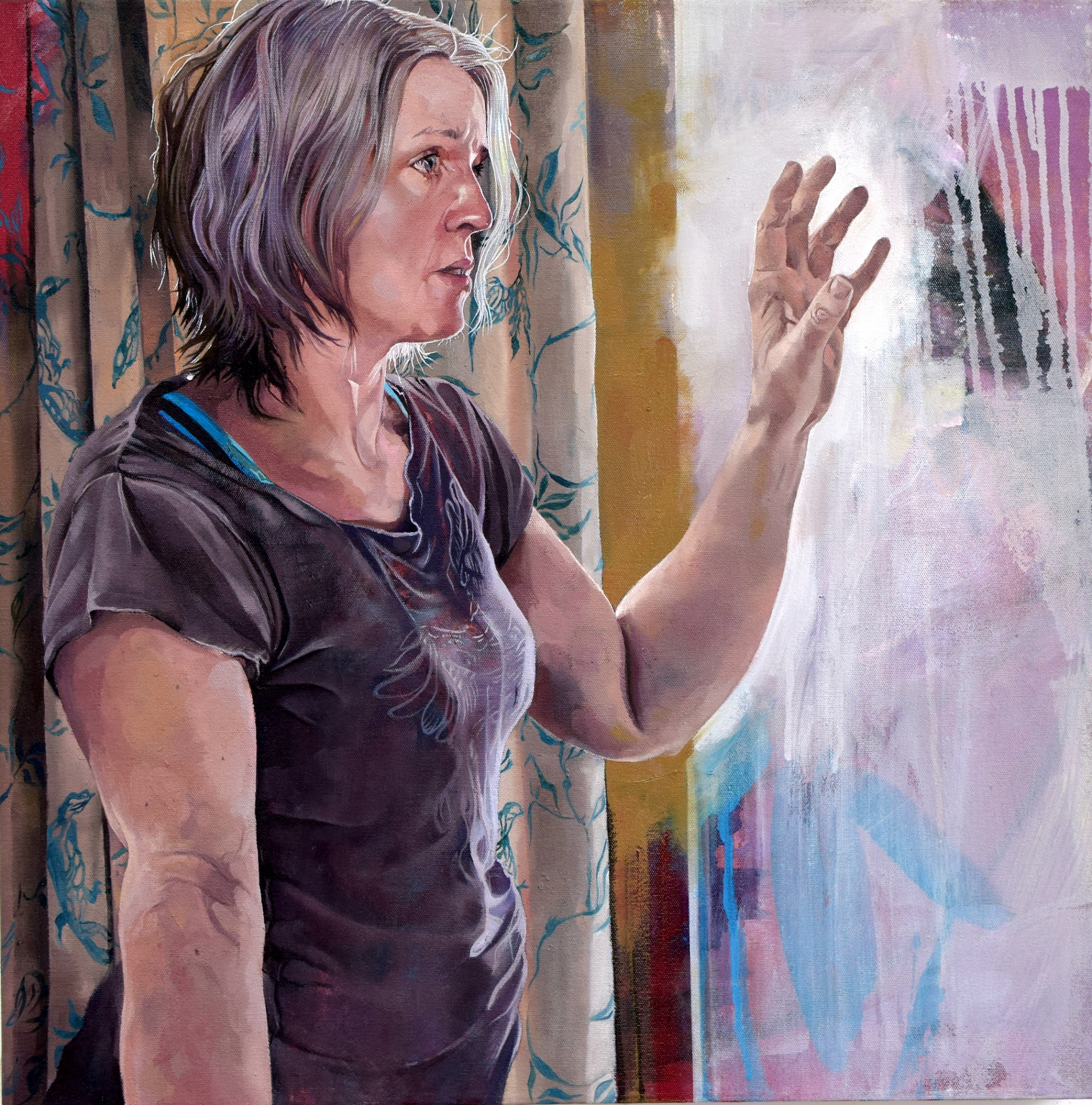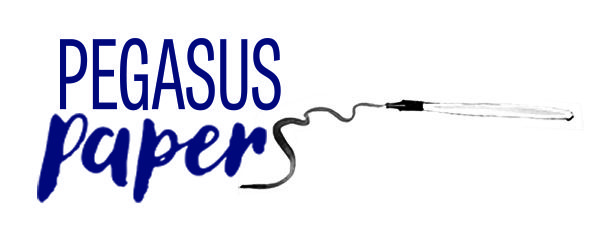Artist Insight: Catherine MacDiarmid

Artist Insight Q & A with Catherine MacDiarmid
Guest Blog from the winner of the Pegasus Art Prize, Artist of the Year 2017. 
As Artists of the Year 2019 swings around again, we catch up with Catherine MacDiarmid, fine artist and winner of the Pegasus Prize in 2017. This year we are sponsoring the Readers Choice Award with £750 worth of art materials vouchers for one lucky winner. There are some other amazing prizes on offer, including a solo show with Panter & Hall and prizes from other well known suppliers Rosemarys Brushes, Cass Art, Great Art and Derwent. For more information and to enter click here.
Q: You won the Pegasus Prize of £500 worth of art materials at the Artist of the Year awards in 2017. Will you be entering again this year? Do you enjoy entering art competitions?
I do enter art competitions regularly. I think it is important to try and get seen as far and wide as possible for publicity, but you have to be selective about which competitions you enter, and you have to have a tough skin. Art competitions are very popular, especially if you enter ones that encompass many genres, like the Artists and Illustrators Artist of the Year, so it was a massive honour to be selected, and to win a prize. Artists and Illustrators is such a great magazine and as a member of Portfolio Plus you can enter for free.

Q: What inspired your recent series ‘Behind the Paint’? They make really interesting portraits, slightly macabre – is that deliberate?
“Behind the Paint” is a theme that I began in 2014 and focuses on the masks and disguises people have, as either pseudo or assumed barriers. It evolved from my sideline of face painting, initially on my own children. Having two boys with Autism Spectrum Condition I found that they favoured disguises to displace themselves from the world around. They always enjoy dressing up and these other personas fascinate me. I was keen to see how much of the original character remains when protected by a guise, and whether I could still paint that person behind the mask.
Behind the White Witch Paint is the latest in the series. I ask the child deliberately not to smile, so I guess they maybe intentionally macabre.
Q: Have you always been a portrait painter?
Yes. When I was young I was always drawing, and it was either faces or bodies. I was taught to always draw from life so if there was no one available I drew objects, never landscapes. I remember drawing my granddad in pencil at 14 and realising then that it was never a problem copying what I saw.
Q: Are you a full time artist, or do you balance your painting with other jobs?
Unfortunately I am not a full time artist, but the jobs I do are all art related, so I consider myself very lucky. I teach various art courses for adults at my local Arts Centre, the Brewery Arts Centre in Kendal, as well as some one off workshops for art societies, schools and Galleries and Art Holiday for Higham Hall and HF Holidays. I also do some face painting as Catz Face Art, which can be fun as well as very tiring. I love the speed of face painting in comparison to oil painting a portrait which can take many hours.
Q: What is your preferred medium and which suppliers do you favour? I notice you have been painting in watercolour just recently – how does it compare?
My preferred surface for oil painting is fine linen, and for watercolour a thick NOT paper. I have been watercolour painting recently in the life room as a way of loosening up my marks, and this has started to feed into some of my oil portraits. It is also in an attempt to speed up painting in order to maintain a freshness, that can be lost through hours of labour. It is not very cost effective to spend hours on one piece of work, especially if you are working to a deadline. I paint quite differently in watercolour as it is not as easy to control as oils. You have to allow watercolour to do its own thing, which is joyful to watch. It can also very easily look tired and lose its freshness so speed is key. I am loving the W&N Artists quality watercolours, using a 1” soft flat brushes and a No.12 round sable brush. For oil paints I prefer Michael Harding and W&N Artists range, diluting it with genuine turps, and turps and oil in the later layers. I sometimes use Liquin with turps to speed up the drying times of glazes. I love filberts and flats to paint in oil, as well as soft blending brushes to lift out and soften edges. I also love willow charcoal as a drawing medium. It can be so delicate and wonderful to manipulate when using putty rubbers.
Q: What advice can you give to graduates leaving art school?
I don’t know whether my advice to new graduates would be any good as times change. When I graduated it wasn’t the done thing to go straight onto a Masters, not that I could have afforded it, but now it is. I just know that it takes hard work and passion to pursue a self employed career as an artist. It is important to decide whether group or project or solo work is more for you. Keep up to date with opportunities in magazines like AN Newsletter. It is important to put time aside for marketing/promoting. I was once told that a fifth of your working week should be dedicated to this. Be prepared for rejection, that is a hard one as it is not always a sign of your abilities. There are just lots of trends and tastes around, which do change and develop. Most of all be true to yourself and your own creative drive.
Q: Do you paint every day? What keeps you going? Do you attend art classes yourself?
Unfortunately I don’t paint or draw everyday, although this is ideal. I did before I had a family. In fact I have just spent virtually the whole of the summer holidays not painting. When I get into a painting though and have worked on it all day it is hard to stop and I often find I sneak into the studio once the children are settled in the evening. I think it is great to have lots of days on the trot as momentum builds and new marks are discovered. I attend an untutored life class regularly and believe this is important as a portrait painter. I also get friends and family occasionally sitting for me. When I was about to be filmed for Sky Portrait Artist of the Year 2017 I had lots of volunteer sitters that gave me the opportunity to speed up oil painting from life.
Q: Which websites can you recommend for resources and support for an artist. Is it important to be part of a group, society or club? How do you stay in the loop?
I am a member of the Lakes Artists Society now, which is probably the most prestigious one in Cumbria. As a group we exhibit once or twice a year, and this brings opportunity for sales and commissions. It is also great to network with other artists in the area and this can provide further opportunities to exhibit.
As a graduate I help set up Green Door Studios (GDS) in Kendal. I think if you are new in the business it can be very isolating so getting involved with a group is very important. I put in a lot of voluntary work helping to set up and run GDS and was rewarded with cheap studio rent, working alongside other artists and opportunities to network. We organised group exhibitions, art projects, open studios and took advantage of bulk buying art materials. It really helped me in the early stages of my career.
I also do exhibit with other local groups and societies if invited. I am exhibiting two paintings in Barrow Dock Museum as part of the the South Lakes Arts Collective that brings together art work by amateurs and professionals from the area.
To stay in the loop it is important to see what is going on in the art world country and worldwide, so keeping up with competition exhibitors and reading good art magazines is important. I have often felt a bit out of it where I live but I can’t compromise on that now. I love Kendal and the Lake District. It is such a lovely place to bring up a family and there is so much going on here if you look. I also live very near to Oxenholme railway station, so London, Birmingham, Manchester, Edinburgh, Glasgow are all very accessible.
Q: Were you formally trained or self taught and do you think this matters?
I was formally trained. Not in portraits though. My art degree was a modular one and we got taught by some great abstract artists. I was taught to paint if nothing else and can remember producing some very large scale abstract/figurative paintings. I could always draw so it was just a matter of developing colour and composition, ideas and themes. But my degree never taught me anything about marketing myself or surviving beyond degree. It also never taught me any traditional methods of painting.
The practicalities of being an artist was self taught through sheer hard work and my passion for painting. I remember not long after my degree, which was from De Montfort University, I found out that I was the only one still painting. I suppose I should mention that I got a First Class Honours, but as I always tell my children, success is built from hard work, not academic achievement alone. Some great artists have been self taught, or achieved mediocre grades, so getting a top grade is not a ticket to success.
Q: Are you represented by a gallery? Do you think galleries are still important for artists in the age of social media?
Yes I do think Galleries are important as you can see work in the flesh, but I am not represented by one at the moment. I have been offered a solo show in my Arts Centre in the main Gallery. This will be in August 2019, so I will be concentrating on painting for that. Social media is hard as there is so much art out there, and yours could easily get diluted out, but I do post everything I do that is not a commission, unless I have permission. I am on Facebook, Instagram and LinkedIn.


